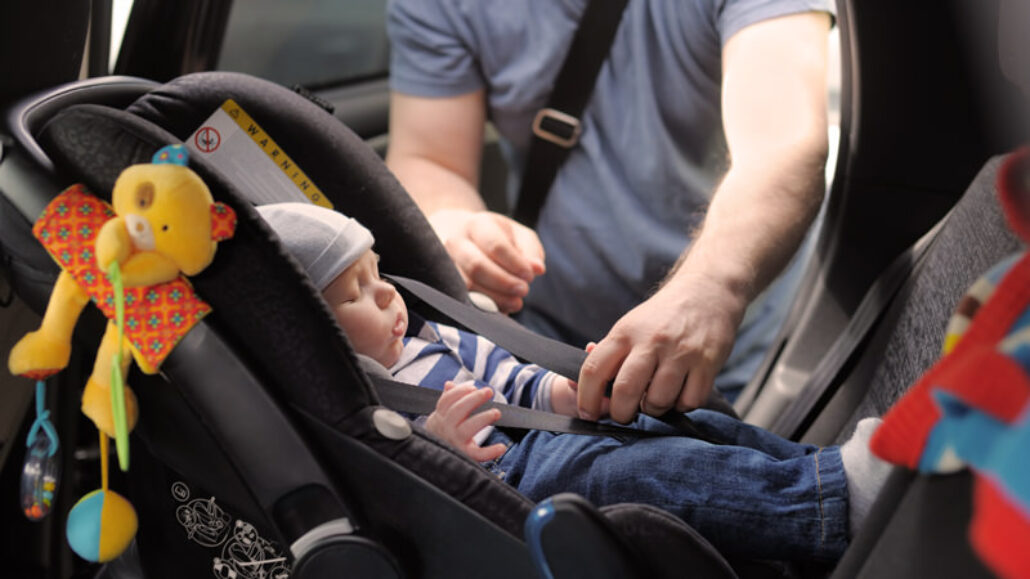The family car is an indispensable fact of life for most families, and car seats are essential to the safety of our smallest passengers. Dr. Su has safety tips to keep children safe during every car trip.
“Using safety measures correctly is a powerful way to protect our children in the car,” says Summit physician Dr. Edward Su. “Seat belts and child safety seats are designed to reduce injury during driving mishaps. These restraints contact the strongest parts of the body, spread crash forces over a wide area, help slow the body, and protect the brain and spinal cord.”
Child safety seats and booster seats are much safer for young children than seat belts alone. When children are properly secured, their risk of injury in a crash drops by up to 82 percent. Following safety guidelines can keep your children safe when you take them on the road.
Rear-facing child seats
“The SaferCar.gov website recommends rear-facing seats until a child is one year of age or weighs 20 lbs.,” says Dr. Su. “There can be a difference between legal car seat guidelines and the American Academy of Pediatrics (AAP) recommendations. As an example, the AAP recommends rear-facing seats until children are two years old, or until a child reaches the maximum limit for size and weight for the rear-facing seat. The height/weight limit specified for the safety seat—not the child’s age—should be your guideline. A very small two-year-old is not safe to ride facing forward just because he or she has celebrated a second birthday.”
Parents should never place a rear-facing infant seat in front of a passenger air bag. Children who have outgrown a rear-facing convertible car seat can ride facing forward, but should remain in a forward-facing child seat with a harness.
Car and booster seats
“Legally,” says Dr. Su, “the Minnesota Department of Public Safety website specifies that all children under age eight and under 4 feet 9 inches must ride in a federally approved car seat or booster seat. When children have outgrown their car seat, they should still ride in a belt-positioning booster seat until they can sit with their knees bent over the car seat cushion and their back against the seatback.”
Seat belts
“The seat belt should rest on the child’s chest, not his neck or face,” Dr. Su explains. “Keep in mind that some vehicles have the seat belts at different heights. We have three different cars, and we kept the booster seat in one car until our son was nine because the seat belt would otherwise have been crossing his neck. He was able to go in the other two cars without the booster seat at age eight. Even when older children are big enough to ride with a properly fitting seat belt, they should always ride in the back seat until they reach age 13.”
“Parents are often eager to transition the child to the next stage, and transition car seats based on age, rather than what fits the child,” says Dr. Su. “Transitioning a child between car seats is like transitioning between clothing sizes. You wouldn’t put a child into size 4 clothes just because of his or her fourth birthday. You buy size 4 when it really fits, whether at age three and a half or age four and a half. Smaller children should be in a rear-facing car seat longer than age two, while larger children may reach the maximum limit of the seat before their second birthday.”
At Summit, we want parents to have the resources they need to keep children safe. Parents can learn more about car seat safety for children at www.cert.safekids.org and http://safeseats4kids.aaa.com.

